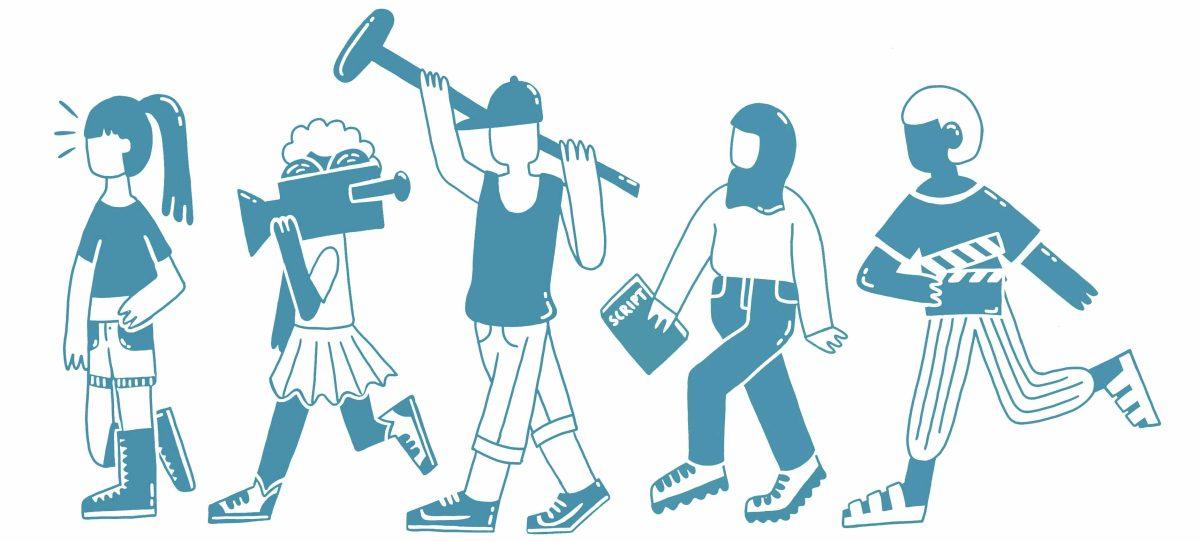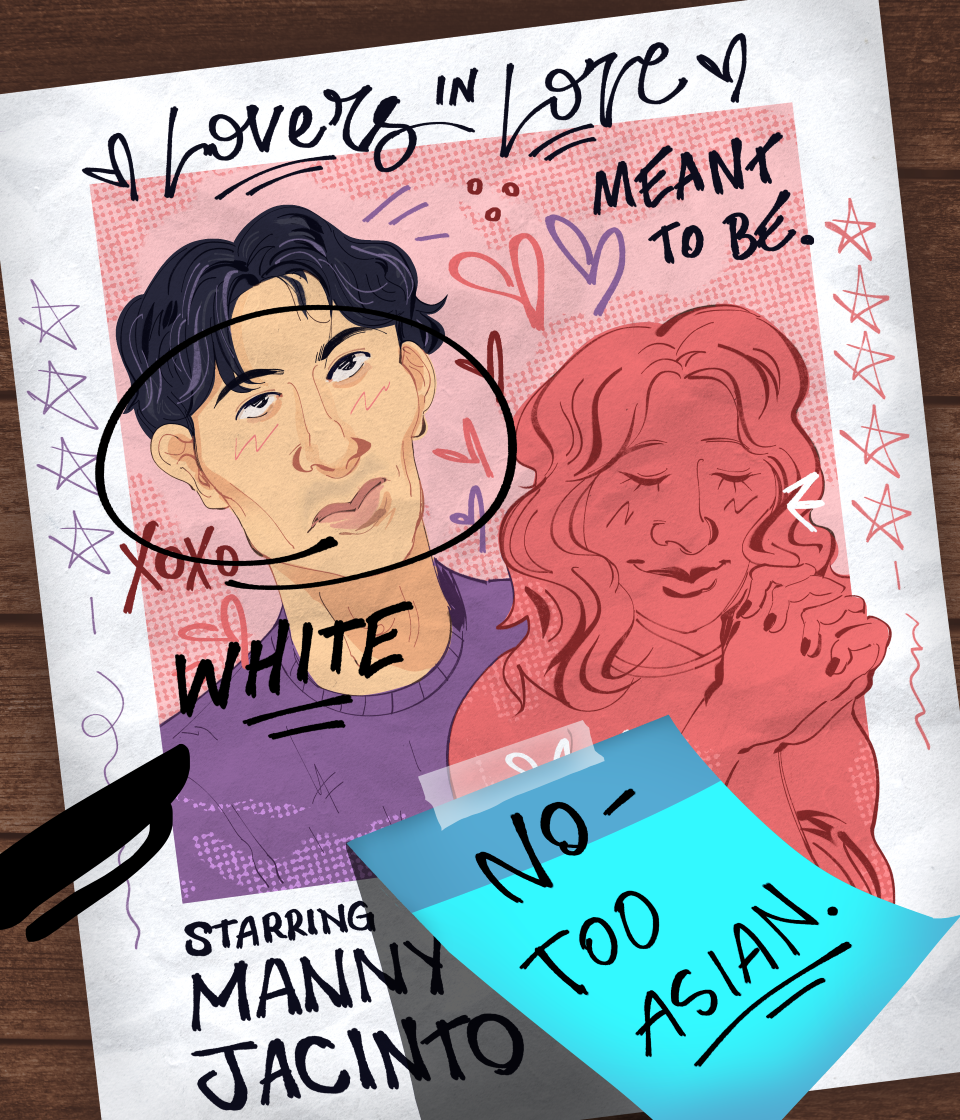Hollywood lacks gender, racial diversity
Last July, Hollywood actress Scarlett Johansson said in an interview, “You know, as an actor I should be allowed to play any person, or any tree, or any animal because that is my job and the requirements of my job.”
Johansson was most likely referencing the criticism of her casting as a transgender man in the movie “Rub & Tug,” from which she withdrew in 2018. Although her recent statement generated backlash, perhaps Johansson did not intend for her statement to be so controversial. After all, an actor is someone who pretends to be someone else in a film, play, or television show, and if roles were strictly cast by whoever was most like a character in reality, the imaginative nature of film would be lost and restricted.
Yet, it is not so simple. The backlash against Johansson’s comments was not an unwarranted excuse for outrage. Rather, it highlighted a deeper flaw in the film industry: the lack of representation for minorities.
Trans actors in particular find it hard to get acting jobs in Hollywood. Often, the only roles open to them are those of other trans characters, and even then, they are sometimes told that they aren’t an appropriate fit for the character physically. For example, in an article by The Guardian, Aneesh Sheth — an Indian-American actress and trans woman — stated that she was told she wasn’t “masculine” enough for the role of a trans woman. The director later cast a cisgender man in the role. In the same article, Isley Reust, another trans actress, revealed that she was told that she didn’t “look trans enough” for a part of a trans character.
If trans actors are having trouble getting roles as trans characters, then what about cis characters? Cis actors are given ample opportunity to play trans characters, such as in “The Danish Girl,” “Boys Don’t Cry,” “3 Generations,” and more. A proponent of casting actors regardless of gender identity may argue that actors should be allowed to take on roles that allow them to step into others’ shoes, as is the nature of film. But if that is the case, then why are trans actors rarely allowed to step into cis characters’ shoes, or even other trans characters’ shoes?
Similarly, nonwhite actors are disadvantaged in the casting process. Although actors are generally cast in racially accurate roles, unlike gender-based roles, this can present another problem. A study at the University of Southern California showed that out of the top 100 films of 2014, 73.1% of all characters were white. Only 26.9% of top movies depicted nonwhite characters as leads or co-leads, and in 2016’s top 100 movies, 70.8% of speaking roles went to white actors.
If you look at the statistics, there aren’t many opportunities for people of color to play characters of color. Out of 14 Disney princesses, one is East Asian, one is Middle Eastern, one is Polynesian, one is African American, one is Native American and the other nine are white. If casting was racially accurate, a single person of color could only play one role that corresponded with their race, but a white actor would have the opportunity to play nine. Other major films are no exception. 69% of the Marvel Universe’s major characters are white (56 out of 81 major actors). Therefore, people of color then audition for “white” roles – for example, Halle Bailey in “The Little Mermaid” – because there simply aren’t enough nonwhite characters to audition for, especially for lead roles.
In an ideal world, any actor would be able to be cast in any part regardless of orientation or gender identity, and nonwhite actors would be able to find just as many roles for their race or ethnicity (including lead) as their white counterparts to audition for. However, we are not there yet. Trans actors are not cast as trans or cis characters at the same rate that cis actors are, and actors of color are not provided with roles of color at the same rate that their white counterparts are.
The solution is not necessarily to restrict actors from playing certain roles, but to open up more diverse roles, particularly if casting is to be racially accurate. And if Hollywood wants to cast regardless of gender identity, race, or orientation, it must eliminate discrimination based on race, gender identity and orientation in the film and TV industry, so that any underrepresented actor can play any role without being discriminated against in favor of a more privileged actor.
We can start small. We can stand up and voice support for diversity in the media. We can ensure that our campus plays, media and any student created films will not discriminate and will offer a wide variety of roles. Our generation will produce filmmakers, actors, managers, directors, journalists and leaders. Times are changing — and the next generation can change Hollywood, too.
Ayesha Asad is a biology and visual arts freshman from Dallas, Texas.






